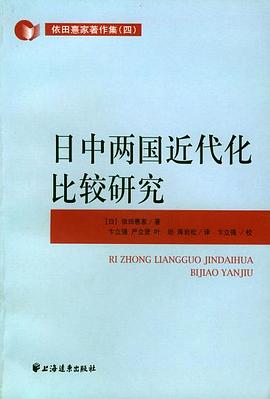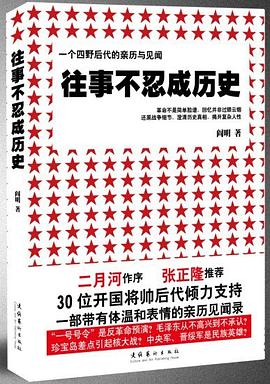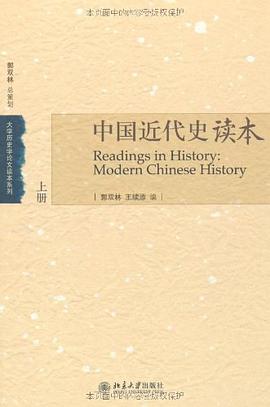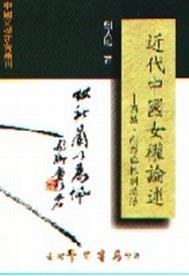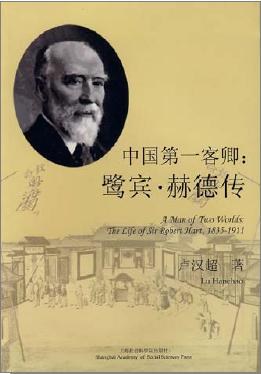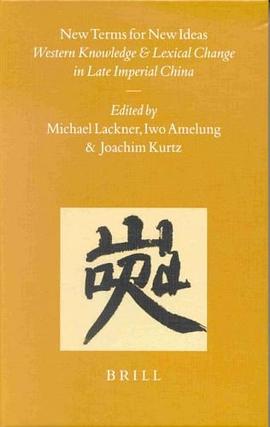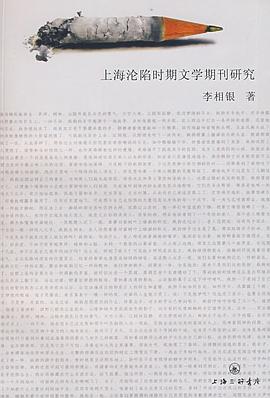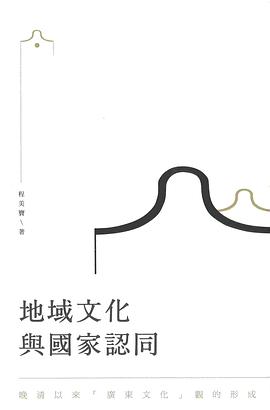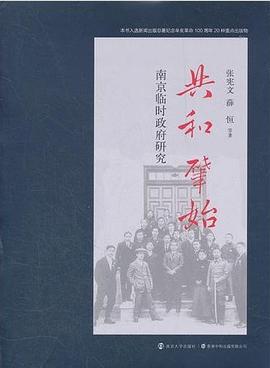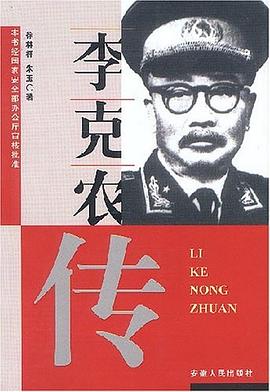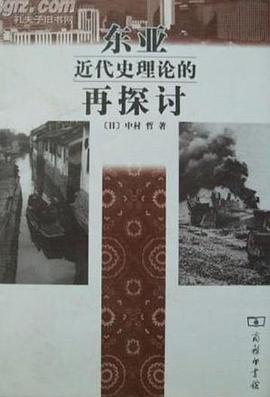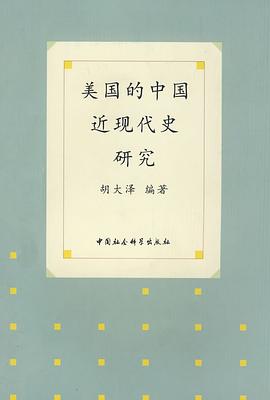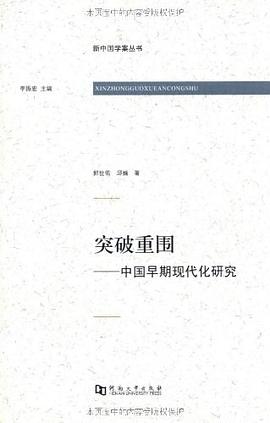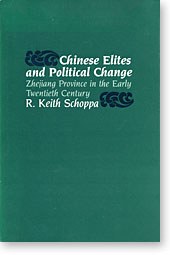
Chinese Elites and Political Change pdf epub mobi txt 电子书 下载 2025
- 海外中国研究
- 历史
- 近代史
- 近现代史
- 浙江
- 地方主义
- 中国近代史
- 中国
- 中国精英
- 政治变革
- 政治学
- 社会学
- 中国政治
- 精英理论
- 权力
- 社会阶层
- 转型
- 当代中国

具体描述
With the Qing Dynasty reform efforts (1901–1911), abolition of the civil service examination (1905), and the end of the monarchy (1912), the first three decades of the twentieth century brought important changes to the elite of Zhejiang Province. This book examines the social backgrounds, public activities, careers, and decision-making of local and provincial elites—that is, nonprofessional men who had taken on public duties when the multiplying problems of government had resulted in a general breakdown of public functions.
While elites in early twentieth-century China have often been caricatured as militarists, corrupt bureaucrats, evil landlords, and ineffectual reformers, they have not been clearly understood or closely analyzed. Since the seventeenth century, elites had been assuming increasing responsibility for funding and managing public projects, and by the twentieth century had expanded their activities still further. In the first three decades of the century, they experienced substantial personal and communitarian development; it was the structures and processes developed by these elites that subsequent regimes—Guomindang, Japanese, or Communist—had to build upon and adapt.
Keith Schoppa divides the counties of Zhejiang Province into four zones according to level of political and economic development and scrupulously analyzes the complex processes of remolding society at the local and provincial levels. By delving beneath the heroic figures and large movements of Chinese political life in this century, he reveals the common factors that make China a part of the worldwide story of reconstruction, reform, and developmental change.
作者简介
R. Keith Schoppa is Professor and The Edward and Catherine Doehler Chair in Asian History at Loyola University Maryland. He has a Ph.D. in modern Chinese history from the University of Michigan. He is author of a number of monographs and textbooks on Chinese history, including Blood Road, which won the international Association for Asian Studies 1997 Levenson Prize for the best book on twentieth century China.
目录信息
1. Elites and Political Development: The Historical Context
2. The Four Zhejiangs
3. Common Organizations in the Four Zhejiangs
II. The Sociopolitical Ecology of the Four Zhejiangs
4. Inner-Core Elite Career Bases and Patterns
5. Inner-Core Elite Collectivities: Social Groupings and Voluntary Associations
6. Inner-Core Elites and Political Decision Making
7. Outer-Core Political and Elite Structures
8. Inner-Periphery Political and Elite Structures
9. Outer-Periphery Political and Elite Structures
III. Locality, Province, and Nation in Early-Twentieth-Century Politics
10. The 1911 Revolution
11. Patterns of Nonofficial Elite Provincial Politics: Assemblies, Factions, and Coalitions
12. The Emergence of Outer-Zone Elites in Provincial Politics: The Jin-Qu-Yan-Chu Association, Political Ideals, and the Guomindang Victory
Conclusion
Appendix A. The Units of Analysis
Appendix B. Data for County Classification
Appendix C. Methodological and Source-Related Problems
Abbreviations Used in the Notes
Notes
Bibliography
Glossary
Index
· · · · · · (收起)
读后感
很奇怪,萧邦奇(Keith Schoppa)的《血路》和《九朝哀歌》都翻成中文了,这最早的一本却没有中译本。我这两天在写篇浙江的文章,找来看看,发觉很不错啊。 这本书1982年出版的,是Cohen那本《在中国发现历史》中从地方视角来写中国历史的典型作品。同时的还有Rankin那本也写...
评分很奇怪,萧邦奇(Keith Schoppa)的《血路》和《九朝哀歌》都翻成中文了,这最早的一本却没有中译本。我这两天在写篇浙江的文章,找来看看,发觉很不错啊。 这本书1982年出版的,是Cohen那本《在中国发现历史》中从地方视角来写中国历史的典型作品。同时的还有Rankin那本也写...
评分很奇怪,萧邦奇(Keith Schoppa)的《血路》和《九朝哀歌》都翻成中文了,这最早的一本却没有中译本。我这两天在写篇浙江的文章,找来看看,发觉很不错啊。 这本书1982年出版的,是Cohen那本《在中国发现历史》中从地方视角来写中国历史的典型作品。同时的还有Rankin那本也写...
评分很奇怪,萧邦奇(Keith Schoppa)的《血路》和《九朝哀歌》都翻成中文了,这最早的一本却没有中译本。我这两天在写篇浙江的文章,找来看看,发觉很不错啊。 这本书1982年出版的,是Cohen那本《在中国发现历史》中从地方视角来写中国历史的典型作品。同时的还有Rankin那本也写...
评分很奇怪,萧邦奇(Keith Schoppa)的《血路》和《九朝哀歌》都翻成中文了,这最早的一本却没有中译本。我这两天在写篇浙江的文章,找来看看,发觉很不错啊。 这本书1982年出版的,是Cohen那本《在中国发现历史》中从地方视角来写中国历史的典型作品。同时的还有Rankin那本也写...
用户评价
看作者简历这应该是博士论文出书,问题意识和方法上的启发大于各种结论。形成有意义的问题(清末民初政治转型与地方精英角色),寻找已有的相对成熟的框架(施坚雅的地方政治社会体系分层模式),聚焦一个相对可控的时空(经济发达、开放较早、又是革命起源地的浙江省,1910-20年代),寻找相应的原始材料(地方志,报纸,地方档案),一步步设计解决中小问题的方案(如以经济发展与经济系统地位划分中心与边远地区,以占有耕地面积和担任地方自治组织领导人数来测量各宗族权力大小,以新式学校毕业生人数和出路考察各地区受政治转型冲击状况,以政府财政支出和对地方组织的襄赞考察转型前后政治焦点的变化),进而达成结论(分层次、从中心向边缘扩展的经济体系,反过来促进政治精英从中心到边缘、进而也整合非精英的过程)。
评分不知道这算不算结构主义的历史学做法?
评分不知道这算不算结构主义的历史学做法?
评分施坚雅模式在政治史的实际运用例子,考察浙江在20世纪初的政治现代化过程。将浙江划为4个地理上不规整的区域,采用经济指标来衡量政治背景,以专业和自治团体的产生来作为政治现代化的标杆,在当时都是比较创新的想法。缺点在于太抽象,模型-数字的结论不能返回到历史故事里去,导致对江南近代化不感兴趣的人会觉得“读完了就完了吧”。不过这只是从政治史回归的角度“强人所难”啦,一本好书。
评分二十世纪头三十年的浙江精英与政治变革,浙江省级分区模式研究的开端。核心区与边缘区,经济发展和外部影响的不同动力。
相关图书
本站所有内容均为互联网搜索引擎提供的公开搜索信息,本站不存储任何数据与内容,任何内容与数据均与本站无关,如有需要请联系相关搜索引擎包括但不限于百度,google,bing,sogou 等
© 2025 book.quotespace.org All Rights Reserved. 小美书屋 版权所有

